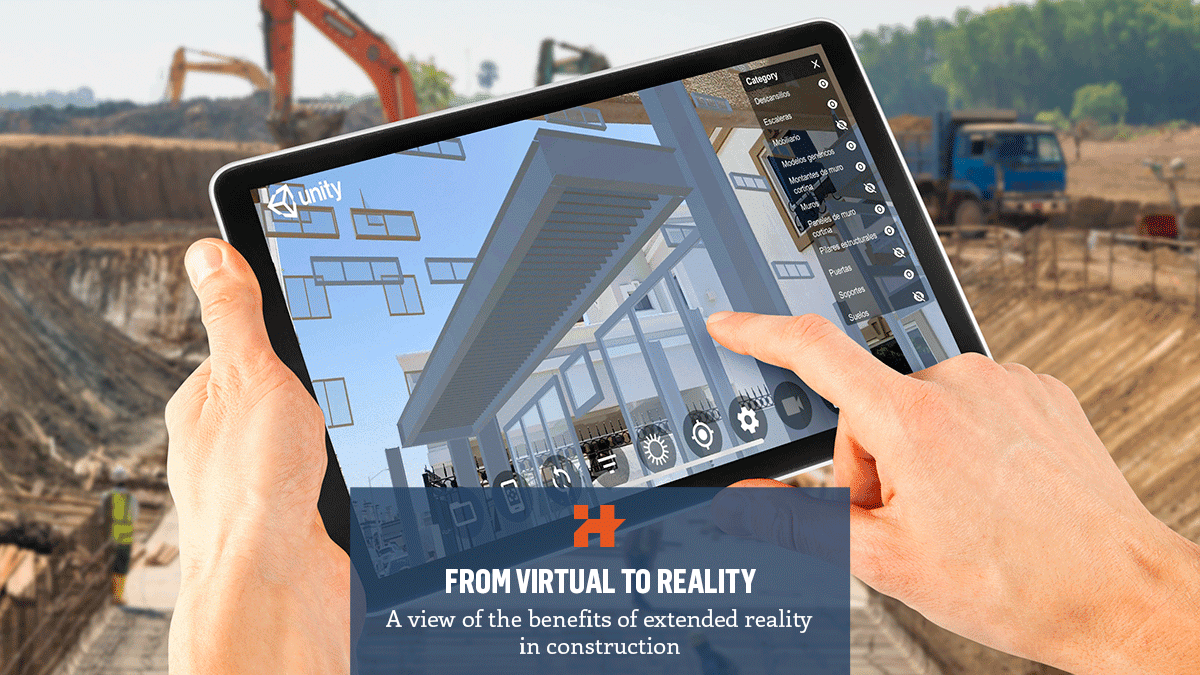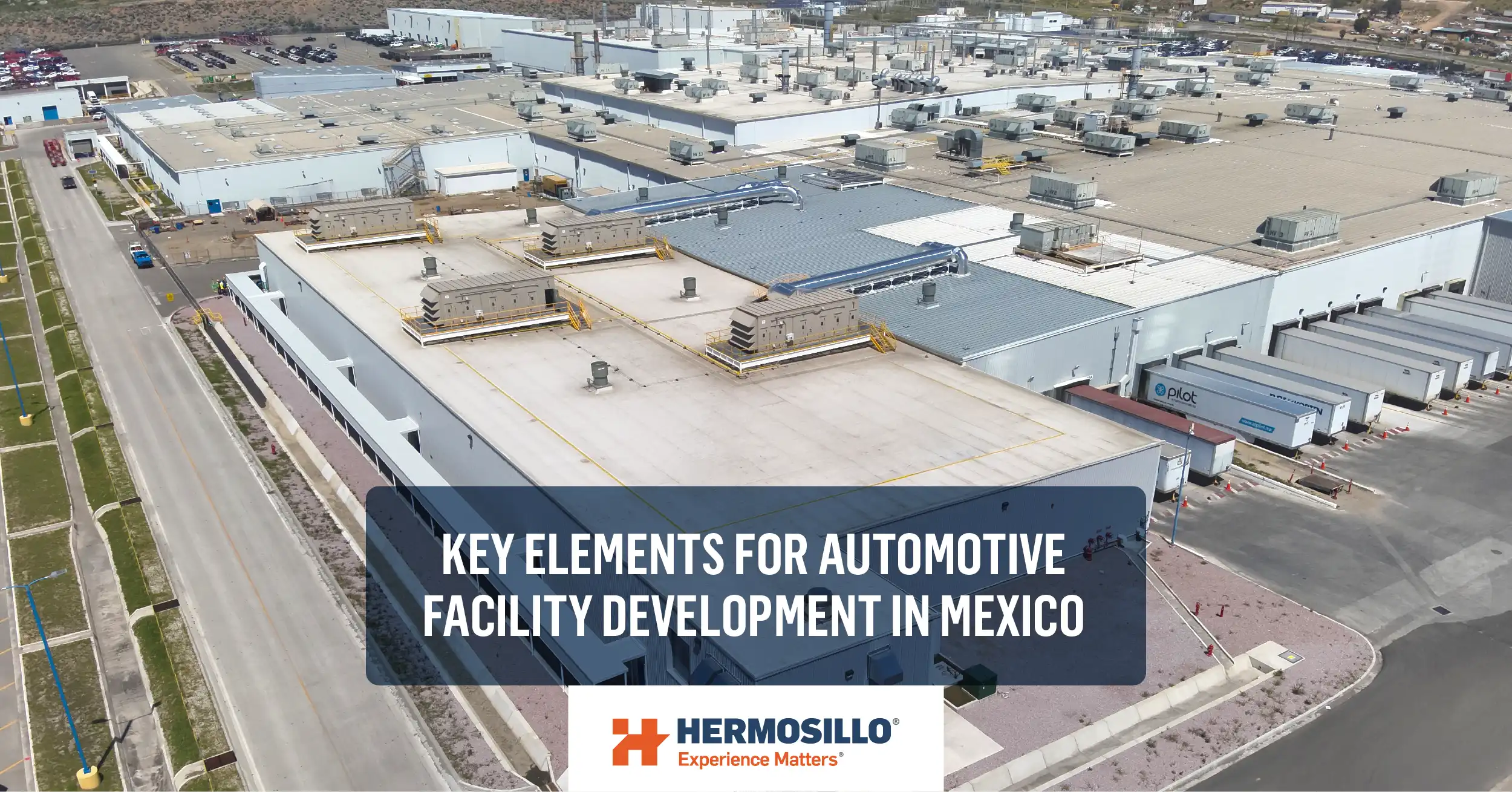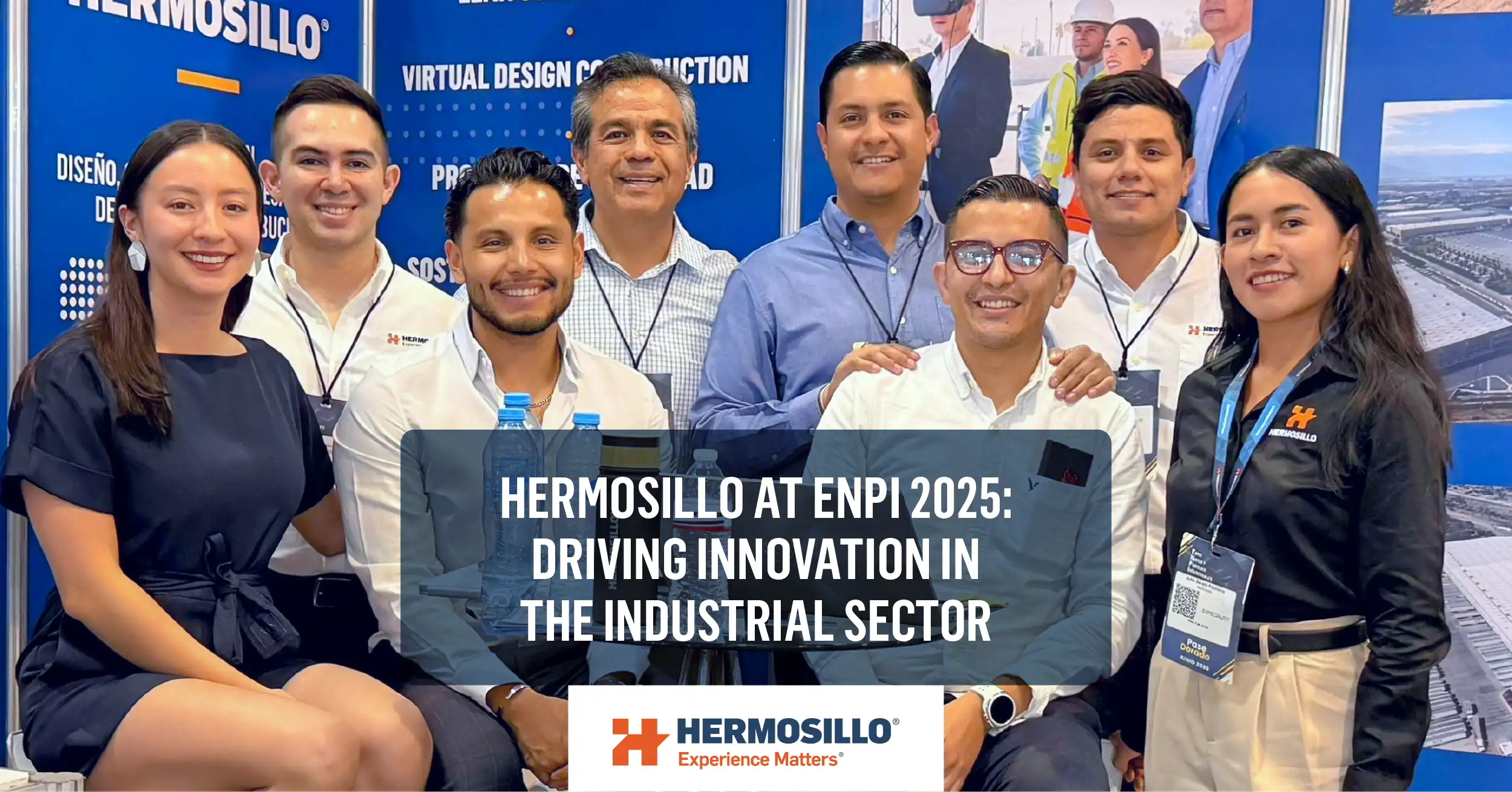
Extended reality is what the name suggests, a broader visualization of our current physical environment, a new way of experiencing reality. Consequently, this type of technology has cleared up many pathways for ourselves and the construction industry as a whole. From enhanced security to providing immersive experiences to project owners, ER technology has provided new tools to strengthen the BIM/VDC framework.
As a result, by merging those two worlds, digital & physical, we can get a new level of understanding of a project.
That’s what we are going to highlight in this post. We are going to dive into the specifics of the spectrum of Extended Reality. We will elaborate on the concepts, similarities, and differences between AR, MR, and VR, highlighting their value on two levels: the clients’ experience and the workflow quality of a project. Finally, we will discuss, from our experience, some of the remarkable benefits and challenges that come with the execution of this type of technology.
What does extended ER means in construction?
Extended Reality is the name given to describe the whole spectrum of simulated reality technologies. It goes from fully digital to the real, physical world and is represented by Virtual Reality (VR), Augmented Reality (AR), and Mixed Reality (MR).
Similarities and differences between VR, AR, and MR
VR
What is VR?
Virtual reality is at the end of the line of the digital side. Meaning, it is 100% a digital experience. You can fully immerse yourself into whatever digital reality has been programmed. That has given us the capacity to visit places in the world, without actually going.
On the other hand, construction-wise, we’ve been able to transport clients into a world where their project is already built. They can view 3D models from different angles, or even take walks through the building and appreciate details such as color design, and floor layout, among other things.
For VR to work, you need a Headset or a head-mounted display. It will restrict your vision to visualize digital content exclusively.
| Related HERMOSILLO BIM STANDARDS: NAVIGATING THE PROCESS OF VIRTUAL CONSTRUCTION
Benefits and applications of VR in construction
This technology is pretty useful for design and construction teams because you can visualize the project without actually going to the job site, as well as having the opportunity to visualize clashes on a real scale in coordination meetings during the design phase. Also, it acts as a tool for training workers on specific tasks in a safe environment.
On the other side, project owners get a sharp representation of what their investment will turn out to be. Moreover, they can make annotations, and comments on changes they want to make.
MR
What is MR?
Then, we got Mixed Reality. Unlike VR, MR does interact and keeps a connection with the real world. While using MR technology, you can interact with digital and physical objects alike. This means that you can encounter 3D content on your way, and you’ll be capable of rotating it, turning upside down, or moving it closer, just as you would interact with a real-world object.
It is not an immersive experience like VR, but a mixed reality environment. For this, an MR device is needed. It uses a lot more processing power because you are merging two realities, you are bringing a BIM model with its surroundings to reality. In fact, it’s the one that took longer to develop due to the power needed for it to perform well.
Benefits and applications of MR in construction
That said, MR is pretty useful for supervisors onsite to access precise, holographic information, resulting in better interpretation of the project and faster reviewing of issues onsite. Moreover, team members can identify clashes with installed systems like electrical, plumbing, fire protection, and so on.
Overall it can be used in different stages of a project:
- Planning
- 4D Simulation
- Execution
- Project Interpretation
- Reviews
- QA/QC processes
It is also a powerful visualization tool to show a new building in the precise location it will be executed, even before the construction starts.
Real-scale model visualization
AR
What is AR?
Augmented reality occurs when there’s an overlay of digital graphics in the real world. While MR allows users to interact with real-scale virtual information overlaid in a real environment, with AR that interaction isn’t possible. This capability is reserved for a mixed-reality environment.
AR maybe is the one most used in popular culture. You sure have seen it when putting a digital hat on with Instagram filters or playing the mobile game Pokemon Go. As you might guess, to make it work, you’ll need some kind of mobile device, like a tablet or a smartphone. Using the camera, you’ll be able to see the virtual design on the screen while navigating through a physical space.
Benefits and applications of AR in construction
The digital window the device provides brings a BIM model into the context of the reality of a project. The user will be able to view entire construction models, as well as specific design features on their screen. For the same reason, it’s a highly effective tool to review clashes between systems. On another note, AR is also used to explore selected 360-degree views of a model during a presentation.
The impact of ER on construction
All things considered, we can say all three types of technology are helping the construction industry to enhance the visualization of complex data. As a result, contractors and project owners can make more intelligent and accurate decisions by bringing a whole BIM model to the job site.
The crucial key for this success doesn’t rely entirely on this tech but on its foundation, that is, the updated, BIM federated model. That’s the backbone of this whole process, ER is just an extremely powerful way of bringing that work, to the eyes of everyone involved in a project. The BIM process is everything.
So everything considered, we can conclude that ER applied in construction helps to:
- Improve collaboration and communication
- Provide immersive experiences and clear visualization of a project to owners
- Enhance productivity and safety tasks
In our experience, ER has improved 2 big areas in particular: our clients’ experience and our workflow quality. And even more important, innovation has helped us go through challenges, the most recent being the COVID-19 outbreak. We’ve seen so much value in the technological advances we’ve taken.






